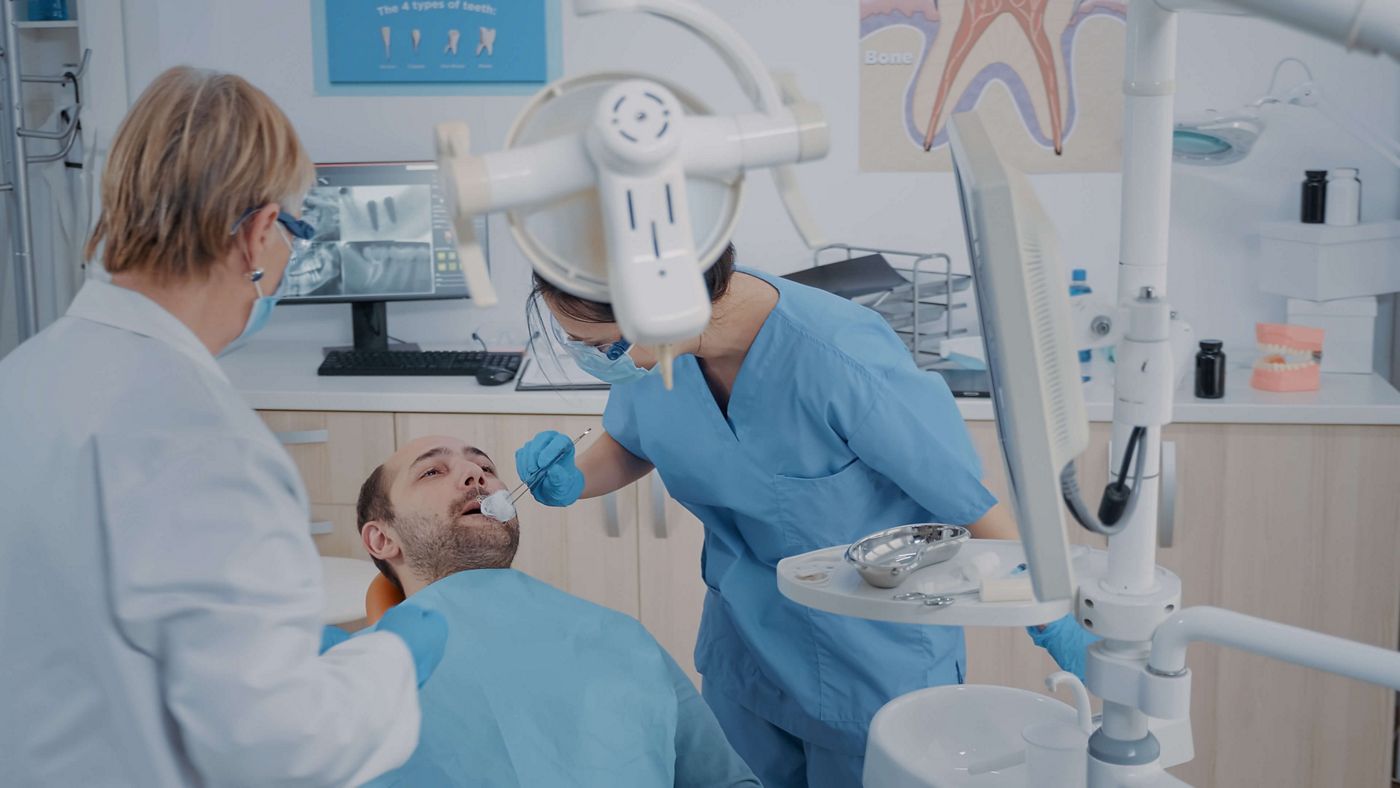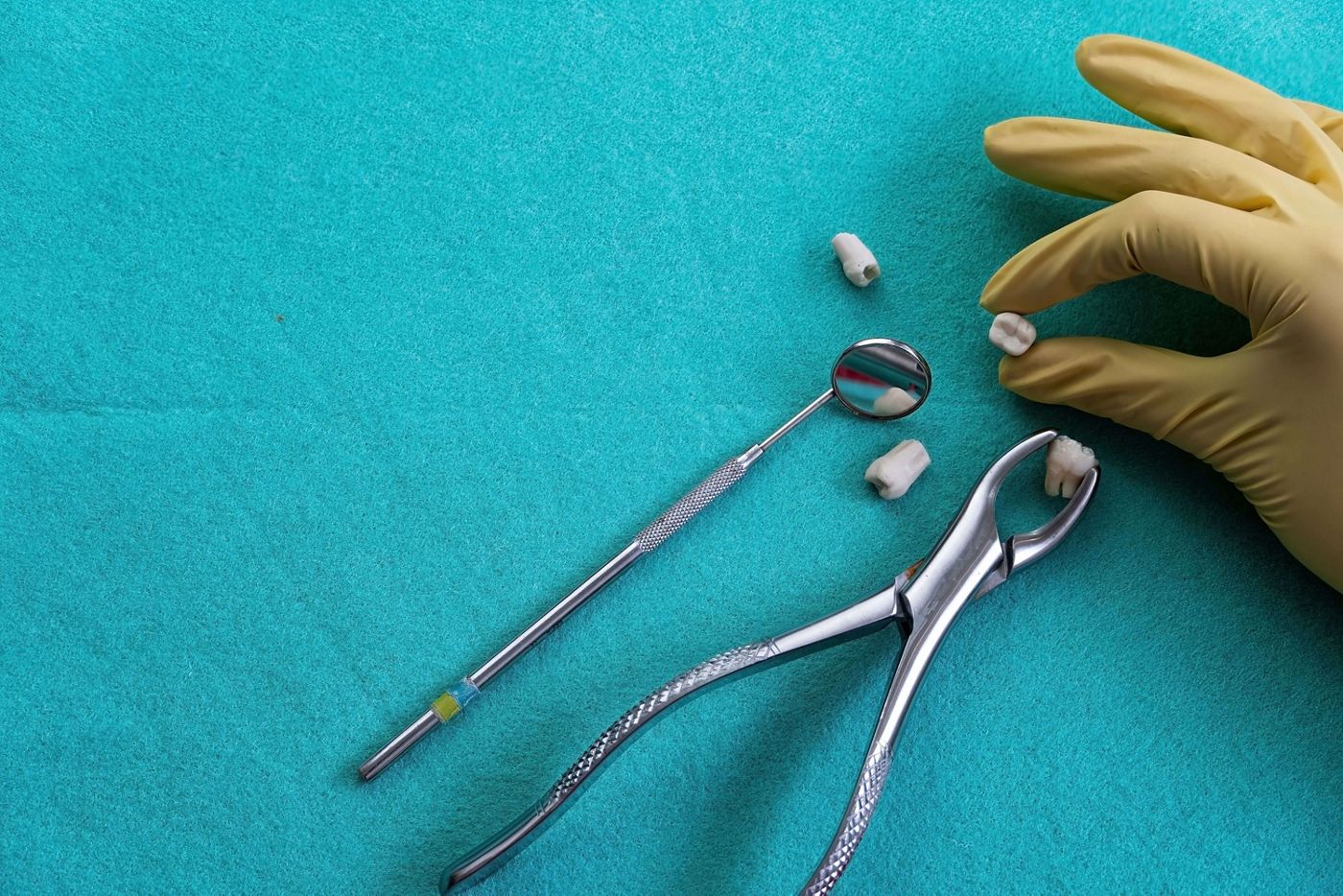How long does a tooth extraction take to heal?
Tooth extraction healing is a process that varies by individual, influenced by factors like the extraction's complexity and the patient's overall health.
Understanding the stages of recovery, from immediate post-operative care to long-term healing, is essential for effective management and speedy recovery. This guide provides detailed insights into each healing phase, offering practical tips and information for a smooth and complication-free recovery.

What are the healing stages after a tooth extraction?
The healing process after tooth extraction can be divided into distinct stages, each characterized by specific developments and care requirements. This comprehensive overview helps patients understand what to expect at each stage, ensuring they are well-prepared for the recovery journey ahead.
The initial recovery phase
The initial recovery phase post-tooth extraction is a crucial period typically spanning the first few days after the procedure. During this time, the body focuses on forming a blood clot at the extraction site, which is essential for stopping bleeding and beginning the healing process. Patients may experience varying degrees of pain, swelling, and some bleeding during these first few days.
It is important to follow post-operative instructions carefully, which often include rest, avoiding certain foods and activities that could disrupt the clot, and managing pain and swelling through prescribed or over-the-counter medications. Adhering to these guidelines not only minimizes discomfort but also lays the foundation for effective and speedy healing.
If you would like more guidance read our full guide on What to eat after a tooth extraction?
What happens in the first 24 Hours
The first 24 hours after tooth extraction are critical for setting the stage for successful healing. During this period, the body initiates clot formation at the extraction site, a vital step to prevent excessive bleeding and promote healing.
Patients are advised to avoid disturbing the clot, maintain gentle oral hygiene, and follow their dentist's instructions regarding rest and medication. Common experiences include mild to moderate pain, swelling, and limited jaw movement, which are normal and manageable with proper care.
Days 2 to 7: early healing signs
The period from the second day to the end of the first-week post-extraction is marked by noticeable signs of healing. This phase is crucial as the initial discomfort begins to subside, and the body actively works to repair the extraction site.
Clot formation and tissue repair
During this stage, the blood clot at the extraction site should be well-formed, serving as a protective layer for the underlying bone and nerve endings. It's like a natural scaffold for new tissue growth.
The body starts the process of repairing the gum tissue and gradually filling in the space left by the extracted tooth. It's important to continue practising gentle oral hygiene and avoiding actions that could disturb the clot, such as vigorous rinsing or using a straw, as this can lead to complications like dry socket.
Pain management and activity restrictions
Effective pain management remains crucial during these days. Over-the-counter pain relievers are typically sufficient, but it's important to follow any specific medication guidelines provided by the dentist. Patients should also continue to avoid strenuous activities that could increase blood pressure and disrupt healing.
Gentle exercise, like walking, can be beneficial, but anything more vigorous should be postponed until after this initial healing period. It's also a good time to gradually reintroduce a broader range of foods, starting with soft and easily chewable items.

The secondary healing phase
The weeks following the initial recovery mark the secondary healing phase, where deeper tissue healing occurs and the body works to restore the integrity of the extraction site.
Weeks 1 to 3: tissue regeneration
During this period, the body's natural regenerative processes are actively repairing and rebuilding the tissues damaged during extraction.
Soft tissue healing
Soft tissue healing is a significant part of this phase. The gum tissues start forming new cells to replace the blood clot, gradually filling in the socket. It's vital to maintain gentle oral hygiene practices during this time to prevent infection and ensure proper healing. Regular rinsing with salt water can aid in this process, helping to keep the area clean and free from debris.
Bone remodeling process
Simultaneously, bone remodelling occurs at the site where the tooth's roots are anchored. This slower process involves the formation of new bone cells, which will eventually fill the socket and restore the jawbone's structure. Adequate calcium and vitamin D intake can support this bone regeneration process.
Long-term healing and recovery
After the first month, patients enter the long-term healing and recovery stage, where the focus shifts to maintaining the health of the extraction site and preventing complications.
Beyond the first month: final healing stages
Once past the first-month post-extraction, patients enter the final stages of healing. This period is characterized by the complete closure of the gum tissue over the extraction site and the ongoing remodelling of the underlying bone. Though the surface may appear fully healed, internal healing processes continue, particularly in the jawbone where the tooth was anchored.
This bone healing can take several months and is a critical part of ensuring the long-term stability of the jaw. Patients are encouraged to continue practising good oral hygiene and attend follow-up appointments with their dentist to monitor the progress of healing.
Complete closure of the gum tissue
At this stage, the gum tissue should have fully healed and closed over the extraction site. Although the external appearance indicates healing, the internal remodelling process may continue for several more months.
Long-term care for optimal healing
To ensure optimal long-term healing, continued good oral hygiene is essential. Regular dental check-ups are important for monitoring the healing process and addressing any potential issues early. Patients should also avoid habits like smoking, which can impede healing and increase the risk of complications.

Factors that can affect healing duration
The duration and success of healing after tooth extraction can be influenced by a range of factors:
Age and general health: Older patients or those with compromised immune systems may experience slower healing. Conditions like diabetes or osteoporosis can also impact the body's ability to recover.
Smoking and lifestyle habits: Smoking significantly impedes healing and increases the risk of complications like dry socket. Alcohol consumption and poor nutrition can also delay the healing process.
Oral hygiene practices: Good oral hygiene is crucial for successful healing. Poor hygiene can lead to infections and other complications, prolonging the healing time.
Complexity of the extraction: More complicated extractions, such as impacted wisdom teeth removal, typically require a longer healing period due to the greater trauma to the surrounding tissues and bone.
Post-operative care: Adherence to post-operative instructions, including activity restrictions and dietary modifications, plays a significant role in the healing process. Disregarding these instructions can lead to complications and extended healing times.
Medications and medical treatments: Certain medications, such as blood thinners or immunosuppressants, can affect healing. Radiation therapy or chemotherapy can also impact the body’s ability to heal efficiently.
Health condition impact on post-extraction healing
Certain health conditions, such as diabetes, immune disorders, and even age, can influence the healing process. Patients with these conditions should follow their dentist's specific post-operative instructions and may need to take additional precautions to ensure proper healing.
Complexity of the extraction
The nature of the extraction plays a significant role in the healing timeline. Simple extractions usually heal quicker than more complex procedures like impacted wisdom tooth removal, which involves more extensive surgery and can thus require a longer recovery time.
Common post-extraction complications
Being aware of common complications and their symptoms is important for timely intervention. Some potential complications after a tooth extraction can include:
Dry socket
Dry socket, medically known as alveolar osteitis, is a painful condition that can occur after a tooth extraction, particularly wisdom teeth removal. It typically develops when the blood clot at the extraction site fails to develop properly or is dislodged prematurely, leaving the underlying bone and nerves exposed to air, food, and bacteria.
Symptoms include severe pain at the extraction site visible bone in the socket, bad breath, and an unpleasant taste in the mouth. Immediate dental attention is required to treat this condition.
Infections
Post-extraction infections, though less common, can occur. Signs include persistent pain, swelling, fever, and pus discharge from the extraction site. Prompt treatment with antibiotics and proper wound care is crucial to resolve these infections.
Contact your dentist as soon as possible for further advice if either of these complications occurs during the post-extraction healing process.